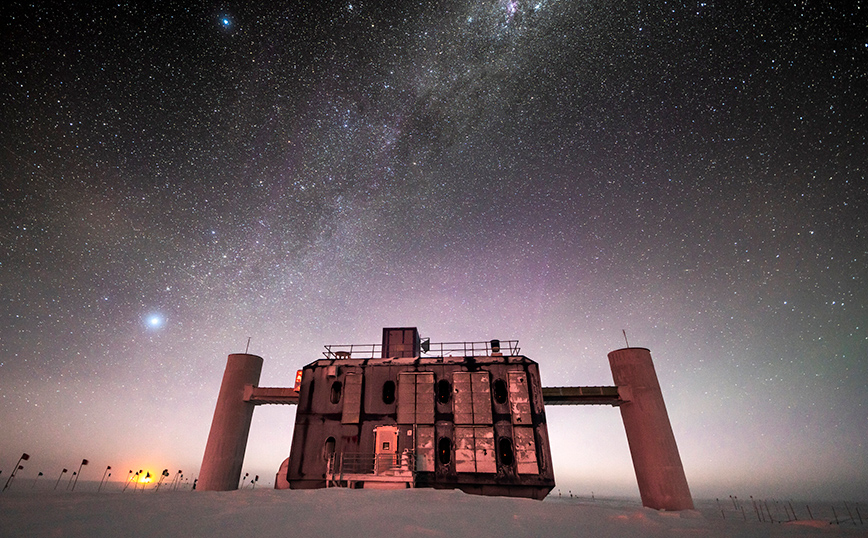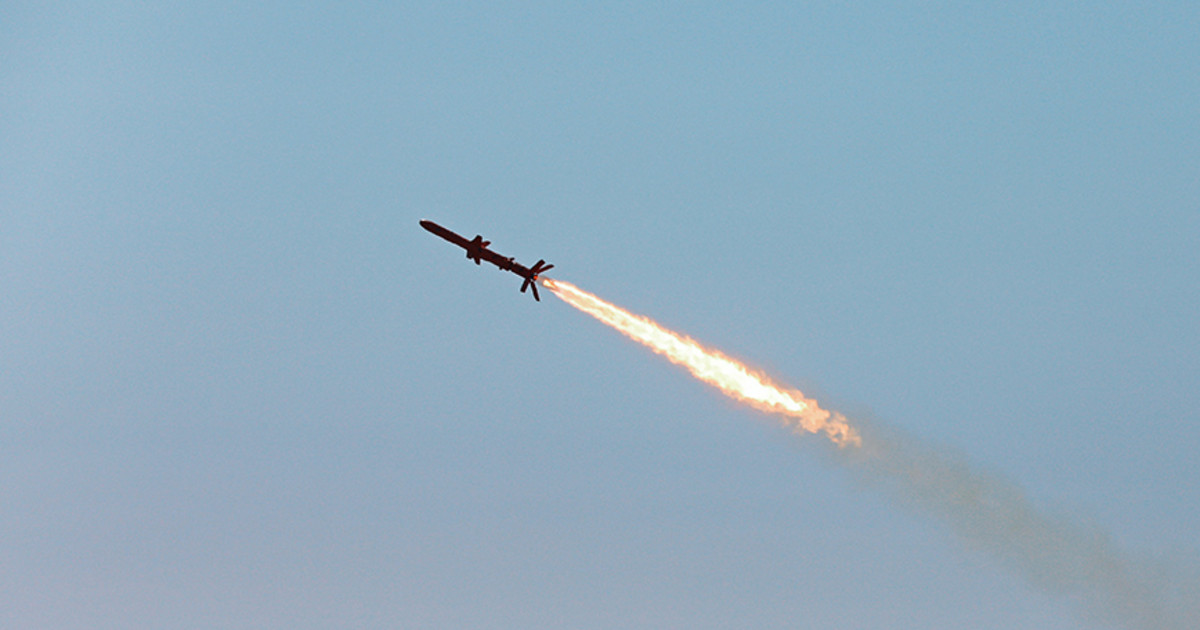
Cosmic neutrons were detected by the IceCube Neutrino Observatory, a unique huge “telescope“, much of which, with a volume of about one cubic kilometer, lies 1.5 to 2.5 kilometers below the surface of Antarctica at the Amundsen-Scott Station in the South Pole.
An international team of scientists has announced that they have found strong evidence of high-energy neutrinos being emitted from a nearby galaxy, which have reached our planet. It is only the second time that cosmic neutrinos have been detected on Earth.
The img of the neutrinos was the galaxy NGC 1068, also known as Messier 77, in the constellation Cetus, 47 million light-years from Earth. It is a galaxy visible even with large binoculars, which was discovered as early as the 18th century and which for years has been the target of many astronomical observations.
NGC 1068 is a spiral galaxy roughly like ours, but – unlike ours – it is highly active, that is, most of its radiation is not produced by its stars, but by matter falling into a massive black hole, with a mass millions of times greater than Our Sun and much larger than the dormant black hole at the center of our own galaxy.
The researchers, led by physics professor Francis Halzen of the University of Wisconsin-Madison, who made the publication in the journal Science, reported that 80 TeV (teraelectronvolt) neutrinos have been detected so far from the galaxy in question, reports the RES-EMP.
Neutrinos are subatomic particles with no electrical charge and almost no mass, which every second pass by the trillions through our bodies and from every point of the Earth. Because they rarely interact with matter, they are difficult to detect. Unlike light, neutrinos can travel from various parts of the universe to Earth almost undisturbed by the interfering matter and electromagnetic fields of extragalactic space.
Some neutrinos that reach Earth interact with the ice and create other particles (muons), which emit momentary flashes of light that are picked up by IceCube’s approximately 5,000 optical sensors. The patterns of light are then used to draw conclusions about the direction of origin and the energies of the neutrinos as reported in the APE-MPE publication.
So-called neutrino astronomy is an additional tool for understanding the most extreme objects in the universe. The first detection of cosmic neutrinos by the IceCube Observatory – which started operating in 2011 – was made in 2018, with a possible img of origin being the distant galaxy TXS 0506+056.
The more sophisticated IceCube-Gen2 Observatory under construction, a more sensitive second-generation detector, will be able to “catch” many more neutrinos from cosmic imgs such as black holes that accelerate subatomic particles in a manner analogous to Earth-based accelerators such as CERN.
Source: News Beast
I’m Robert Neff, a professional writer and editor. I specialize in the entertainment section, providing up-to-date coverage on the latest developments in film, television and music. My work has been featured on World Stock Market and other prominent publications.






